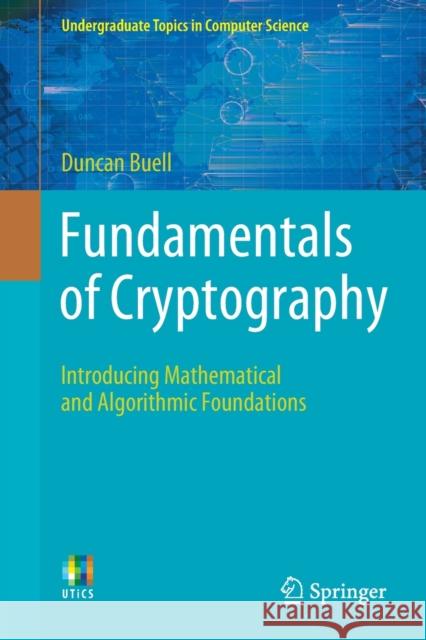Fundamentals of Cryptography: Introducing Mathematical and Algorithmic Foundations » książka
topmenu
Fundamentals of Cryptography: Introducing Mathematical and Algorithmic Foundations
ISBN-13: 9783030734916 / Angielski / Miękka / 2021 / 279 str.
Kategorie:
Kategorie BISAC:
Wydawca:
Springer
Seria wydawnicza:
Język:
Angielski
ISBN-13:
9783030734916
Rok wydania:
2021
Wydanie:
2021
Numer serii:
000343004
Ilość stron:
279
Waga:
0.41 kg
Wymiary:
23.39 x 15.6 x 1.57
Oprawa:
Miękka
Wolumenów:
01
Dodatkowe informacje:
Wydanie ilustrowane











